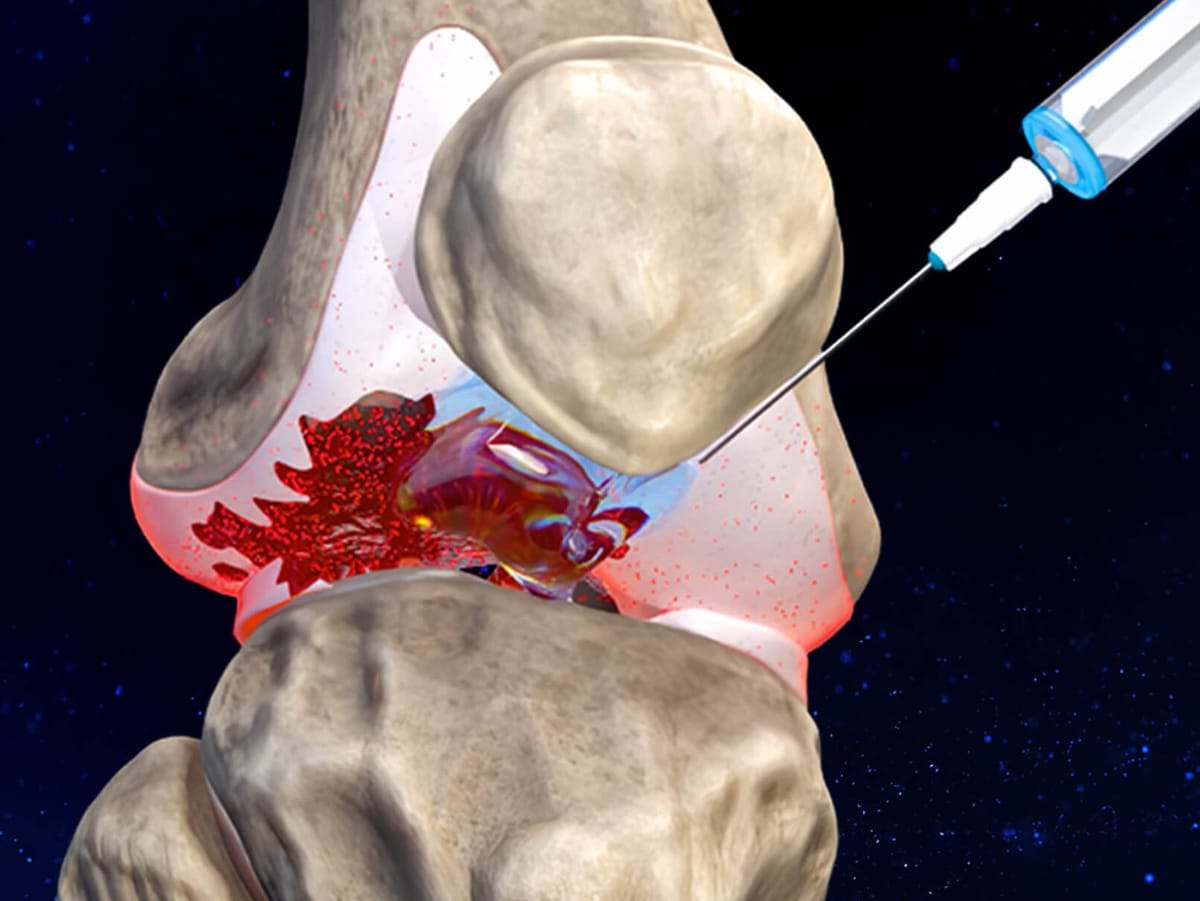Can a Single Therapy Actually Delay Joint Replacements by a Decade?

Let’s get real for a second.
We’ve all seen it; maybe in our parents, our neighbors, or even ourselves.
That slow, painful shuffle to the mailbox. The wince when someone stands up from the couch. The quiet "I’ll sit this one out" when everyone else is heading to the park or the beach.
And then comes the big one: Surgery. Knee replacements, hip replacements, or shoulder replacements.
You hear it all the time now, right?
And here’s the thing: those procedures are becoming more common not just for seniors, but for folks in their 50s and even 40s.
Now imagine this: What if a single therapy just one could delay that reality by 5… maybe even 10 years?
Because that’s exactly what CYT-108, Cytonics’ lead therapy, is aiming to do.
The Real Cost of Joint Replacement
Let’s talk numbers.
The average cost of a knee replacement in the U.S.? About $35,000 to $60,000, depending on where you live and what your insurance covers. A hip replacement? Just as much.
And that doesn’t even count recovery time, missed work, physical therapy, or the emotional toll it takes to be sidelined for months.
Now multiply that by the 1 million+ joint replacement surgeries performed every year in the U.S. alone.
We’re talking billions in healthcare spending and millions of Americans living through avoidable pain, avoidable downtime, and for many, avoidable surgeries.
So here’s the question: What if we could hit pause? Not just on the pain, but on the surgery itself?
Enter CYT-108: Built to Stop the Damage Before It Starts
CYT-108 isn’t another cortisone shot or a temporary numbing agent.
It’s a genetically engineered version of a natural protein your body already makes alpha-2-macroglobulin (A2M). A2M acts like a molecular bodyguard, shutting down the destructive enzymes that break down cartilage in your joints.
But your body doesn’t make enough. So Cytonics built a better version 200% more potent, delivered directly into arthritic joints where it can do the most good.
Not just to manage pain. To actually slow or stop the damage. And when you do that? You’re not just treating symptoms. You’re potentially delaying surgery by years.
What That Looks Like in Real Life
It looks like a 60-year-old mom who can keep walking her dog pain-free instead of scheduling a double knee replacement.
It looks like a dad who still coaches Little League instead of sitting on the sidelines with a swollen hip.
It looks like a former high school athlete who avoids the early retirement talk and gets back on the bike, the trail, or the mat because the therapy worked before the joint totally gave out.
This isn’t about “curing” aging. It’s about extending the time you can move through life on your own terms; pain-free, independently, confidently.
That’s not just medical progress, that’s freedom.
The Investment Case? Just as Clear.
CYT-108 isn’t just about delaying surgery for one person, it's about changing how we think about joint care altogether.
And the upside?
- A market worth $390 billion globally
- A therapy that’s already completed Phase 1 human trials with no serious side effects
- 10,000+ patients already treated with the company’s first-generation tech
- And a biotech company that’s raised over $25 million from everyday investors not Wall Street insiders
This is where innovation meets impact, and yes where health meets returns.
So, Can a Single Therapy Delay Surgery by 10 Years?
That’s the goal. And for thousands of people, it may soon be their reality.
Because CYT-108 isn’t just another product. It’s a new playbook for joint health, one that starts earlier, works smarter, and puts healing ahead of hardware.
You’re not just backing a biotech company, you’re backing someone’s shot at dancing at their daughter’s wedding. Walking at graduation or coaching one more season.
And that’s something worth moving on. Literally.
*Reg A Disclaimer:
This investment is speculative, illiquid, and involves a high degree of risk, including the possible loss of your entire investment. You may obtain a copy of the offering circular here.
